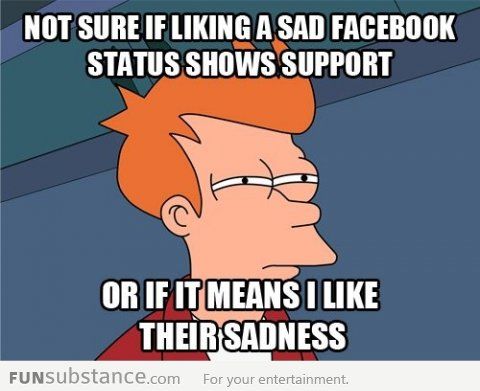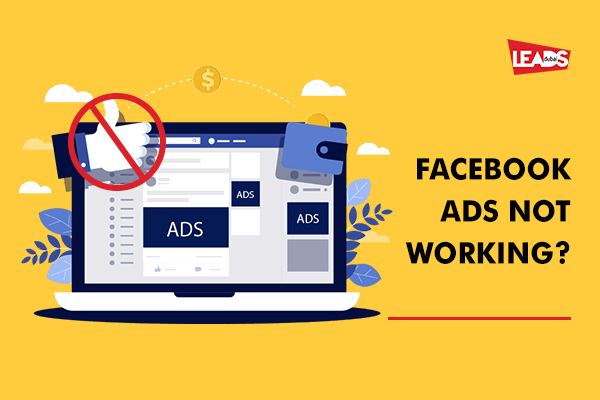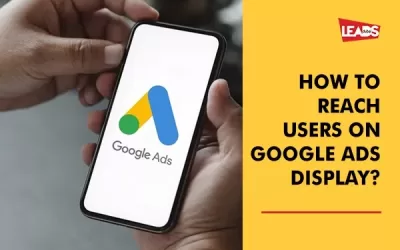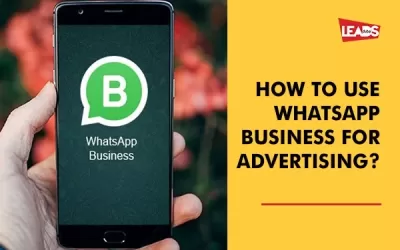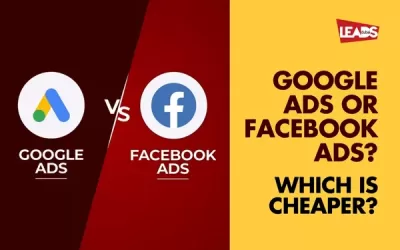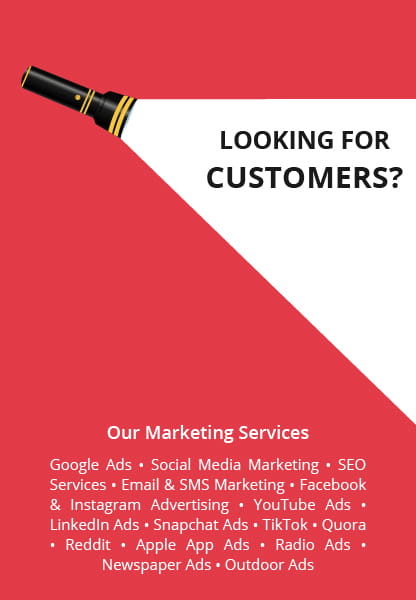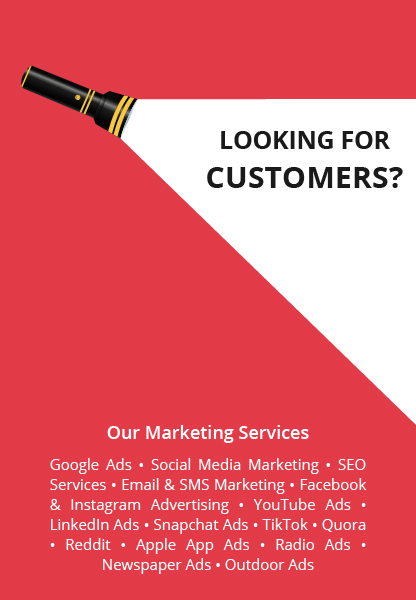If you do Facebook marketing, you need to know about the Facebook algorithm.
This post will help you understand how your Facebook posts get engagements. What is changing and what matters. Check out the Facebook news feed rules first. Some of the updates date back to 2014. See how you can increase your Facebook post’s organic reach with these updates.
FACEBOOK POST ALGORITHM
If you want to get more of your posts to be shown to people organically. Make note of below
- Friends and family come first:
- A platform for all ideas:
- Authentic communications: Facebook prioritizes genuine stories over misleading, sensational, and spammy ones.
- You control your experience: Individuals know themselves best. So Facebook creates features (such as “unfollow” and “see first”) to let people customize their Facebook experience.
- Constant iteration: Facebook strives to constantly collect feedback and improve the platform.
THE OVERVIEW OF THE FACEBOOK ALGORITHM
So how does Facebook decide what to show in a News Feed?
Here’s a quick overview of how the Facebook News Feed works:
DO THIS: THE FACEBOOK ALGORITHM LOVES …
- Posts with lots of Likes, comments, and shares
- Posts that receive a high volume of Likes, comments, or shares in a short time
- Posts that are liked, commented on, or shared by one’s friends
- Link posts
- Post types that one interacts with often
- Post types that users seem to prefer more than others (e.g., photo, video, or status update)
- Videos uploaded to Facebook that receives a large number of views or extended viewing duration
- Posts that are timely or reference a trending topic
- Posts from Pages that one interacts with often
- Posts from Pages with complete profile information
- Posts from Pages where the fan base overlaps with the fan base of other known high-quality pages
WATCH OUT FOR: THE FACEBOOK ALGORITHM DOES NOT LOVE
- Clickbait
- Like-baiting
- Posts that include spammy links
- Frequently circulated content and repeated posts
- Text-only status updates from Pages
- Posts that are frequently hidden or reported (a sign of low quality)
- Posts that ask for likes, comments, or shares
- Posts with unusual engagement patterns (a like-baiting signal)
- Overly promotional content from Pages—pushing people to buy an app or service, pushing people to enter a contest or sweepstakes, posts that reuse the same text from ads
To help you grow your Facebook Page reach, here are a few guides that you might like:
If you want to dig into the Facebook News Feed algorithm, read on to find out all the relevant changes Facebook has made.
ALL RELEVANT CHANGES TO THE FACEBOOK NEWS FEED ALGORITHM
Here’s a summary of all the changes that are relevant to social media marketers, in reverse-chronological order.
Facebook IS blocking Pages that share false news from buying ads on Facebook.
Facebook IS demoting Facebook posts that pretend to be a video.
Spammers have been tricking people to click on Facebook posts that look like a video but aren’t. These deceptive posts are often videos with just a static image, or they feature a false video play button when it’s actually a link.
Here’s an example from Facebook:
WEBPAGE LOAD TIME
Facebook is showing fewer stories with links that might take a long time to load.
It’s frustrating when a website takes a long time to load. Facebook found that “As many as 40 percent of website visitors abandon a site after three seconds of delay.”
CLICKBAIT HEADLINES
Facebook is rolling out an update to show fewer posts with clickbait headlines.
In its continued effort to make Facebook an informed community, Facebook is reducing the number of clickbait stories in the News Feed. This includes posts with headlines that withhold or exaggerate information, such as the following:
- “When She Looked Under Her Couch Cushions And Saw THIS…”
- “WOW! Ginger tea is the secret to everlasting youth. You’ve GOT to see this!”
Posts that link to articles with such headlines will rank lower in the News Feed.
LOW-QUALITY WEBPAGE EXPERIENCE
Facebook is showing fewer posts and ads that link to websites with low-quality experiences.
To help build an informed community on Facebook, Facebook is showing fewer posts that are “misleading, sensational and spammy”. Specifically, they are referring to websites with low-quality experiences, such as the following:
- Websites that contain little substantive content
- Websites that have a large number of disruptive, shocking, or malicious ads
AUTHENTIC AND TIMELY STORIES
Facebook is making two changes to help authentic and timely stories rank better.
To surface authentic content, Facebook will be analyzing Facebook Pages sees if they have been posting spam or trying to game the News Feed by asking for Likes, comments, or shares. If Facebook finds that a Page’s posts might not be authentic, such as people are often hiding those posts, Facebook will rank those posts lower in the News Feed.
To show people stories at the right time, Facebook studies how people interact with posts in real-time. For example, if there’s an important soccer game going on and many people are talking about it on Facebook, Facebook will show relevant posts higher in the News Feed.
VIDEO COMPLETION
Facebook shows long videos that people spend time watching to even more people.
When ranking videos in the News Feed, a factor that Facebook considers is “percent completion” — the percentage of the video you watched.
Facebook now recognizes that it takes more commitment to complete a long video than a short one. So it will now put more weight on the “percent completion” factor for longer videos.
PERSONALLY INFORMATIVE STORIES
Facebook is showing you more stories that are personally informative to you.
From its Feed Quality Program, Facebook found that people enjoy stories that are informative to them. Using the patterns that they learned from the program, Facebook will try to identify stories that are informative — usually, if they are related to people’s interests, if they engage people in broader discussions, and if they contain news relevant to them.
STORIES FROM FRIENDS
Facebook is showing stories from close friends higher up in the News Feed.
Despite the previous update, people are still worried about missing important updates from their close friends. So Facebook is tweaking the News Feed algorithm again to rank posts from close friends higher up in the News Feed.
TIME SPENT VIEWING
Facebook is ranking articles that it thinks you will spend time reading, higher in the News Feed.
Facebook learned that the amount of time someone spent reading or watching the content of an article indicates how interesting the article was to them. So Facebook is adding a new ranking factor — how long someone might spend looking at the article.
A smaller change within this update is that Facebook will be showing fewer posts from the same Page together in the News Feed. That’s because people find that repetitive and prefer content from a diverse range of Pages.
FACEBOOK LIVE
Facebook is more likely to rank Facebook Live videos higher in the News Feed when those videos are live than when they are no longer live.
Facebook found that “People spend more than 3x more time watching a Facebook Live video on average compared to a video that’s no longer live.” That’s because those videos are more interesting when the event being filmed is happening live than after the event.
FACEBOOK REACTIONS
Facebook rolled out Reactions — their supercharged “Like” button — to help businesses better understand how people are responding to their content.
For a start, when someone uses a Reaction, Facebook will infer they want to see more of that type of post, just like when they Like a post. But this could change.
SURVEYS
Facebook surveys thousands of people every day to improve the News Feed ranking.
Besides looking at quantitative signals such as Likes, comments, and shares, Facebook also surveys thousands of people every day to understand whether the News Feed algorithm is showing people the posts they want to see.
GREATER USER CONTROL OVER THE NEWS FEED
Facebook is making it easier for people to adjust and customize their News Feed settings.
The preferences tab will be more visible and more intuitive, allowing people to find Pages and people to like and follow, and easily select to follow/unfollow certain content.
ACTIONS ON VIDEOS
Facebook now considers more actions on videos while ranking videos in the News Feed.
Facebook found that many people don’t feel inclined to Like, comment on or share a video even when they enjoyed the video.
So besides considering whether someone watched the video and for how long, Facebook is now taking into account more actions such as choosing to turn on the sound, watching the video in full screen, and enabling high definition. These actions indicate that they enjoyed the video.
TIME SPENT ON STORIES
How much time you spend viewing stories becomes a factor that Facebook uses to determine what to show at the top of your News Feed.
While many people might not Like, comment on, or share a post that they found meaningful, they would likely spend more time on it than on other posts. Hence, Facebook is taking this as a signal for ranking Facebook posts.
CONTENT FROM FRIENDS AND PAGES
Facebook rolled out three updates to improve the experience of the News Feed.
The first is for people who do not have much content to see — maybe because they don’t follow many people or Pages. Facebook used to have a rule that prevents people from seeing multiple stories from the same source in succession. They are now relaxing the rule so that if you reach the end of your News Feed but still want to see more stories, you’ll see more.
The second is to show posts from friends you care about, higher in your News Feed so that you are less likely to miss them. If you read and interact with posts from Pages, you’ll still see them on your News Feed.
The third is to reduce or remove stories about friends liking or commenting on a post.
FACEBOOK LIKES
Facebook updates the way Page likes are counted, removing the likes of memorialized accounts and deactivated accounts.
FACEBOOK TARGETS HOAXES
Facebook aims to reduce the number of hoaxes in News Feed with algorithm tweaks.
To reduce the number of posts containing misleading or false news, Facebook has announced that the News Feed algorithm will begin to factor in when many people flag a post as false or choose to delete posts.
VIDEO IS GROWING
Facebook has provided some new stats and tips on using video, including these:
- In just one year, the number of video posts per person has increased 75 percent globally and 94 percent in the US.
- The amount of video from people and brands in the News Feed has increased 3.6x year-over-year.
- On average, more than 50 percent of people who come to Facebook every day in the U.S. watch at least one video daily.
- Seventy-six percent of people in the US who use Facebook say they tend to discover the videos they watch on Facebook.
OVERLY PROMOTIONAL PAGE POSTS
Facebook reduces the number of overly promotional posts in the News Feed.
Facebook heard from people that they want less promotional content on their News Feed and more stories from friends and Pages they Like.
After digging into their data, Facebook found that these are the types of posts that people find too promotional:
- Posts that solely push people to buy a product or install an app
- Posts that push people to enter promotions and sweepstakes with no real context
- Posts that reuse the exact same content from ads
SEPTEMBER 18, 2014: WHEN PEOPLE LIKE AND COMMENT
Facebook will be looking at when people are Liking, commenting, and sharing.
Facebook used to only look at the total number of Likes on a post when ranking it in the News Feed. Now, Facebook will also look at the rate at which people are Liking, commenting on, and sharing a post.
OFFENSIVE OR INAPPROPRIATE ADS
Facebook stops showing ads that are offensive or inappropriate.
When people hide ads in their News Feed, Facebook takes it as a signal that others might not want to see them, too, and show them to fewer people.
Now, Facebook is also asking people why they hid the ads. If it’s because the ad is offensive or inappropriate, Facebook will stop showing the ad.
BOUNCE RATE
Facebook will be looking at the bounce rate to determine if an article is using a clickbait headline.
If someone clicks on an article and returns to Facebook immediately (or “bounce”), it might mean that they didn’t find what they were expecting. This is often because the article is using a clickbait headline. Facebook will be using this signal when ranking the article in the News Feed.
BETTER VIDEOS
Facebook will now be able to understand (and rank) videos uploaded directly to Facebook better.
For videos that are uploaded to Facebook directly, Facebook is now able to know whether someone has watched it and for how long. It seems that they are unable to do that for links to YouTube (or other video sites) videos.
Having this new information will allow Facebook to rank Facebook videos better. Early tests have shown that people are watching more videos that are relevant to them.
LIKE-BAITING
Facebook will show fewer posts that explicitly ask for Likes, comments, or shares.
Some Pages try to game the News Feed algorithm by explicitly asking for Likes, comments and shares. As people have reported that such posts are less relevant than posts with a similar amount of engagement, Facebook will be ranking these posts lower in the News Feed.
HIGH-QUALITY CONTENT
Facebook has developed a new algorithm to find and show high-quality content to users.
To build the algorithm, Facebook surveyed thousands of people and put the results into a machine learning system. Here are some of the questions they asked:
- Is this timely and relevant content?
- Is this content from a source you would trust?
- Would you share it with friends or recommend it to others?
- Is the content genuinely interesting to you or is it trying to game News Feed distribution? (e.g. asking for people to like the content)
- Would you call this a low-quality post or meme?
- Would you complain about seeing this content in your News Feed?
The algorithm also uses thousand other factors to determine if a post is a high-quality content. Some of these factors include “how frequently content from a certain Page that is reported as low quality (e.g. hiding a Page post), how complete the Page profile is, and whether the fan base for a particular Page overlaps with the fan base for other known high quality Pages.
See more entrepreneur.com
Leads Dubai is a Lead Generation Company and we offer Social Media Marketing. Regular and consistent posting and optimization of your digital marketing will help in the long run. This space is always changing. Contact us if you want us to have it all done for you, including Facebook ads and Instagram advertising


Mukesh Pandey is a Digital Marketing Strategist. Passionate about Digital Marketing and the trends in the industry for 10 years. He is Google Ads Certified, Social Media Ads Manager & SEO Consultant. He has trained over 500 executives & business owners over the years. Helped over 300 companies achieve their digital marketing results. He also founded Leads Dubai which is a Lead Generation Company in Dubai. Hire Mukesh for your Marketing Campaign
Contact Us
Our Services
- Google Ads
- SEO Services
- Email Marketing
- SMS Marketing
- Whatsapp Marketing
- Influencer Marketing
- Facebook Advertising
- Instagram Advertising
- Tiktok Advertising
- YouTube Advertising
- Linkedin Advertising
- Mobile App Marketing
- Pay Per Lead
- Outdoor Advertising
- Outdoor LED Ads
- Burj Khalifa Ads
- Metro Advertising
- Radio Advertising
- Newspaper Advertising
- Flyer Distribution
- Website Development
- Social Media Content Creation
Blog Categories
- Advertisement (12)
- Blog (416)
- Content marketing (4)
- digital marketing (1)
- Digital Marketing (19)
- Digital Marketing Training (7)
- Email Marketing (19)
- Facebook (40)
- Google Ads (62)
- Infographics (42)
- Instagram (9)
- Marketing Agency (3)
- Mobile Marketing (17)
- Outdoor Advertising (48)
- Press Release (9)
- Programmatic Advertising (1)
- Radio Advertising (1)
- SEO (42)
- Social Media Marketing (54)
- Testimonials (38)
- Website Design Development (15)
- Youtube (4)
